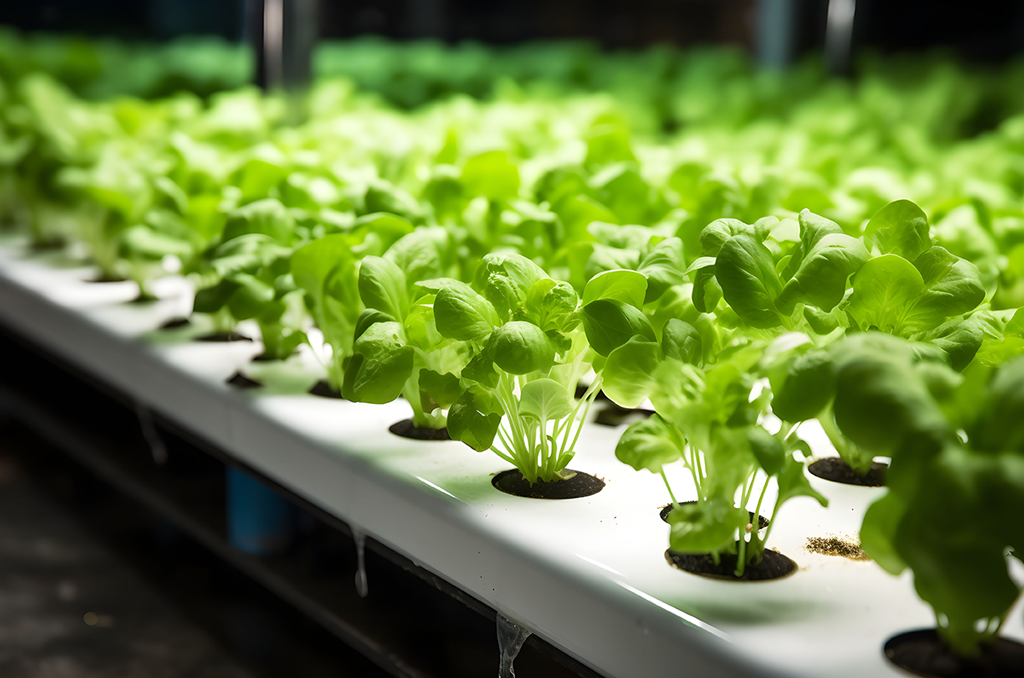
Emerging Trends: Food Banks Turn to Soil Free Farming for Produce Control
- foodfightadmin
- October 21, 2023
- Agriculture, Food Bank Support
- rsc pages, rscl
- 0 Comments
As the search for efficient, sustainable farming methods intensifies, a number of food banks are looking towards soil free systems, finding innovative ways to ensure fresh produce for their clients.
Hydroponics (root growth in water) and aeroponics (roots misted with nutrients) are pioneering systems that provide food banks with unparalleled control over challenges like pests, weather fluctuations, even the nutritional quality of their produce.
Robert Ranieri, CEO of Florida’s House of Hope, commented on the profound impact of these methods. “Our power to positively influence health lies in the quality, volume, and nutritional richness of the food we offer,” he stated. House of Hope boasts three expansive greenhouses, combining aeroponic and hydroponic techniques with traditional raised beds and a fruit grove. The anticipated yield? Over 10,000 packages of produce every month, harvested twice a week.
Inside the greenhouses, impressive infrastructures support growth. David Lee, Director of Food Procurement and Distribution, detailed their 72 eleven-foot towers housing leafy greens and expansive 50-foot tomato plants that ascend within the facility. This set-up currently yields approximately 1,600 heads of leafy greens weekly, a figure projected to rise to 2,000 heads come winter. Moreover, they anticipate harvesting 10,000 to 15,000 pounds of tomatoes annually.
Although promising, the shift to these systems isn’t without significant investment. House of Hope’s expenditure reached $600,000, covering infrastructure like their state of the art packing house. However, the rewards seem to justify the costs. Their recently inaugurated packing house has streamlined processes, ensuring efficient handling of their weekly crop.
Yet, David Lee emphasizes that traditional farming still holds a vital place. House of Hope’s outdoor beds flourish with root crops and an assortment of fruits. This sentiment is echoed in Ohio by The Foodbank, which opened a 6,000 square-foot hydroponic greenhouse in 2021. Here, the primary focus is on lettuce, a high-demand produce with a limited shelf life. James Hoffer, Garden Manager, emphasized their strategy of hyper-local sourcing to ensure peak nutrition.
Hoffer’s advice for other food banks? Leverage the control greenhouse farming offers. “You command many variables you’d normally surrender to in outdoor farming,” he pointed out.
Both Ranieri and Lee of House of Hope stressed the importance of planning, dedication, and visionary communication to secure necessary funding. Their message: Despite the challenges, the benefits of soil-free farming systems are too significant to ignore for organizations keen on offering the best to their communities.








